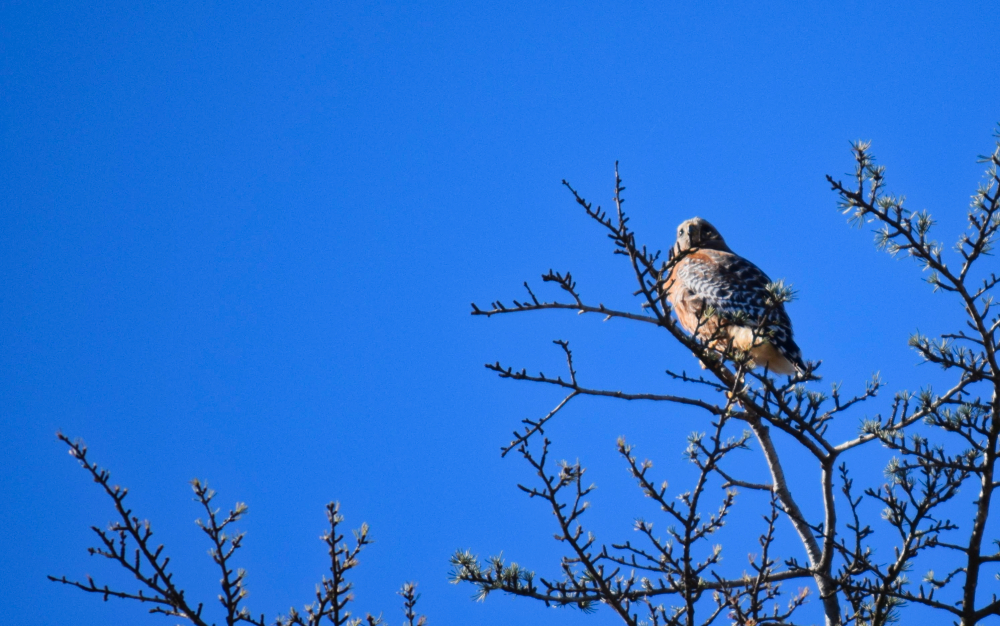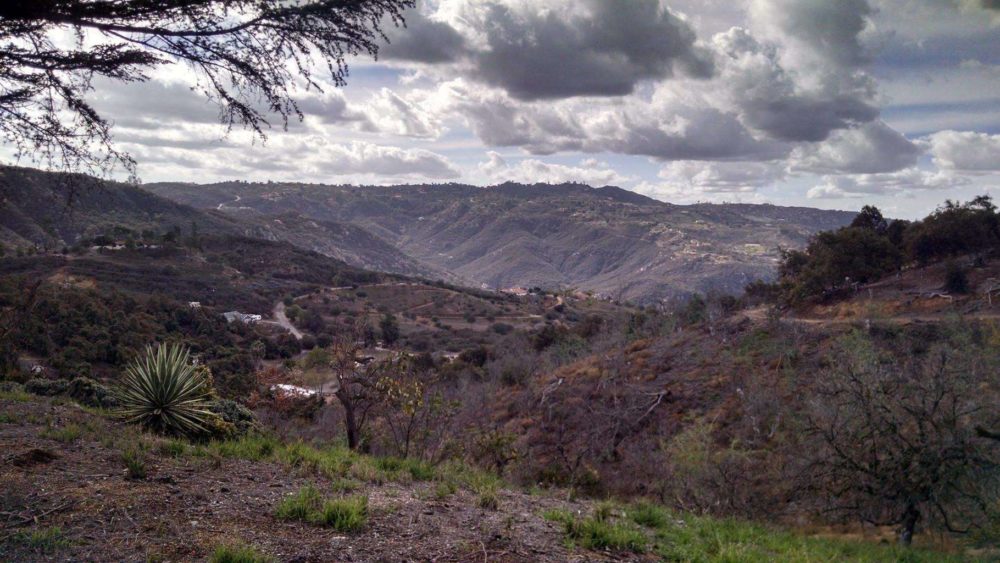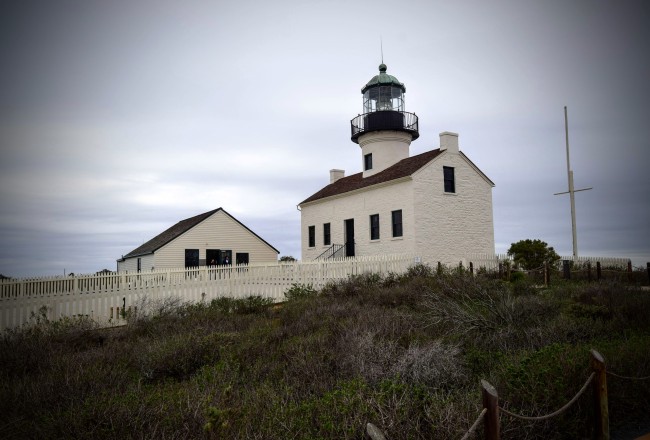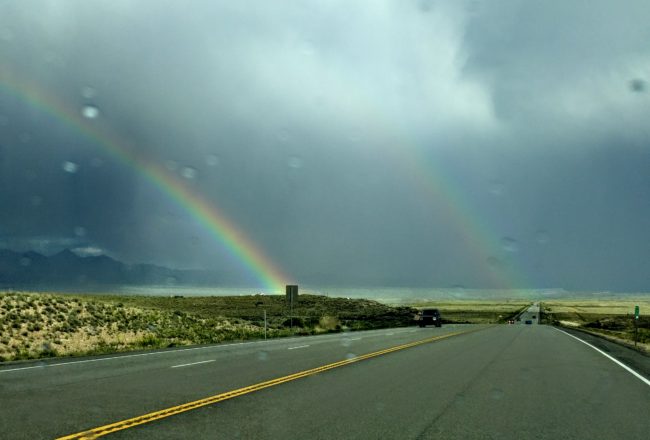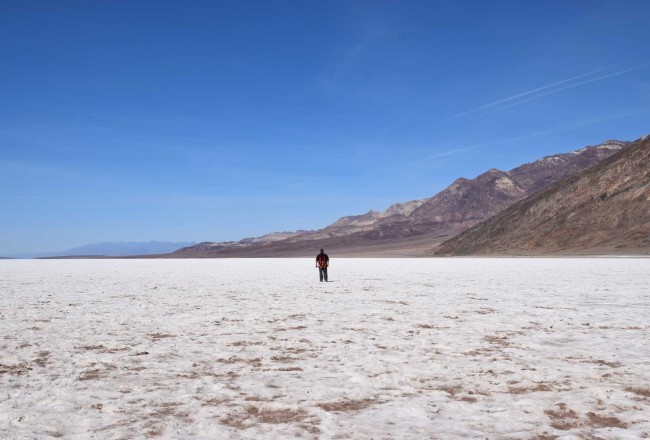In 1845, just two years before the discovery of gold in California, a town was founded just outside of San Diego. It was considered fully homesteaded in 1862, but had no formal name for many years. In 1866 a California Grizzly bear weighing 2200 pounds was killed near this town. Because of this event, the town was formally named Bear Valley. In 1874, Bear Valley official became Valley Centre in 1878 and, finally, to Valley Center in 1887.
The giant grizzly bear threatened both man and cattle, and naturally at the time, a bounty was offered for its corpse. The bear was finally killed near the Lovett home, where Mr. Lovett and several men loaded the animal onto a wagon and drove eight miles to Vineyard Ranch of Col. A.E. Maxcy, where the bounty was claimed. The bear was hoisted upon Maxcy’s cattle scales, where it was declared to be the largest grizzly bear ever killed in California. The bear was skinned and cut up and Col. Maxcy kept the skull of the bear as a souvenir until around 1900 when it was reportedly sold to a museum in the south.
Less than 75 years after the discovery of gold in 1848, almost every grizzly bear in California had been tracked down and killed. In August 1922, the last hunted California grizzly was shot in Tulare County, California. In 1924, the last grizzly was spotted roaming the area of the Sierra Madre Mountains. The Ursus arctos californicus have never been spotted in the wild since then and are considered extinct.
92 years later, in 2014, the US Fish and Wildlife Service received a petition to reintroduce the grizzly to California. This reintroduction would be from the very closely related North American Grizzly (Ursus arctos horribilis). The petition was rejected and so thus the Golden State, despite having a brown bear proudly stated on her state flag, remains without grizzly bears. You will only see Ursus americanus (black bear) roaming the wilds of California, including in Yosemite national park in abundance, and maybe even Valley Center, albeit very rarely.
